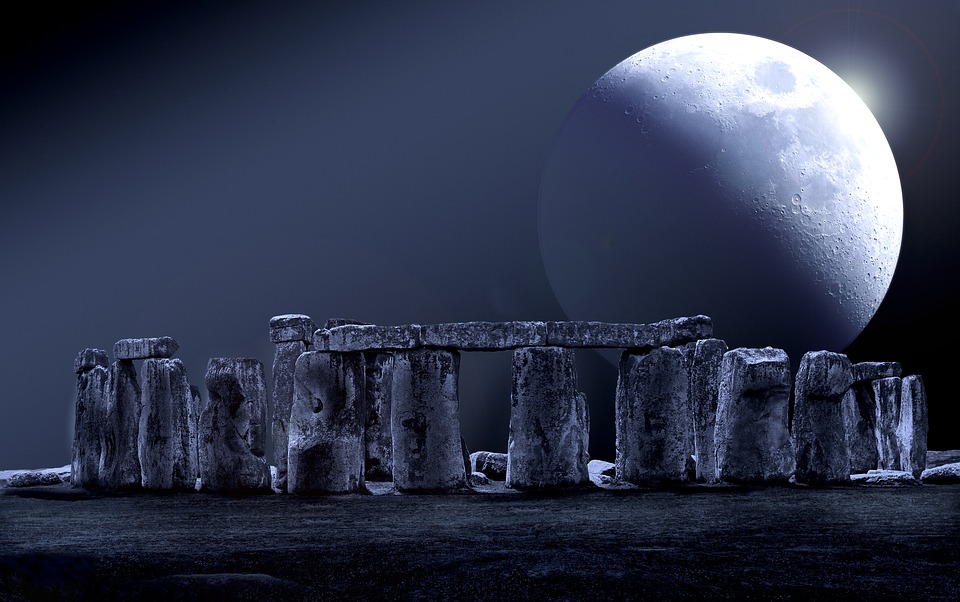Ever since humans could look up to see the sky, we have been amazed by its beauty and untold mysteries. Naturally then, astronomy is often described as the oldest of the sciences, inspiring people for thousands of years. Celestial phenomena are featured in prehistoric cave paintings. And monuments such as the Great Pyramids of Giza and Stonehenge seem to be aligned with precision to cardinal points or the positions where the moon, sun or stars rise and set on the horizon.
Today, we seem to struggle to imagine how ancient people could build and orient such structures. This has led to many assumptions. Some suggest prehistoric people must have had some knowledge of mathematics and sciences to do this, whereas others go so far as to speculate that alien visitors showed them how to do it.
But what do we actually know about how people of the past understood the sky and developed a cosmology? A scientific discipline called “archaeoastronomy” or “cultural astronomy,” developed in the 1970s, is starting to provide insights. This subject combines various specialist areas, such as astronomy, archaeology, anthropology and ethno-astronomy.
By Daniel Brown – Full Story at Live Science



